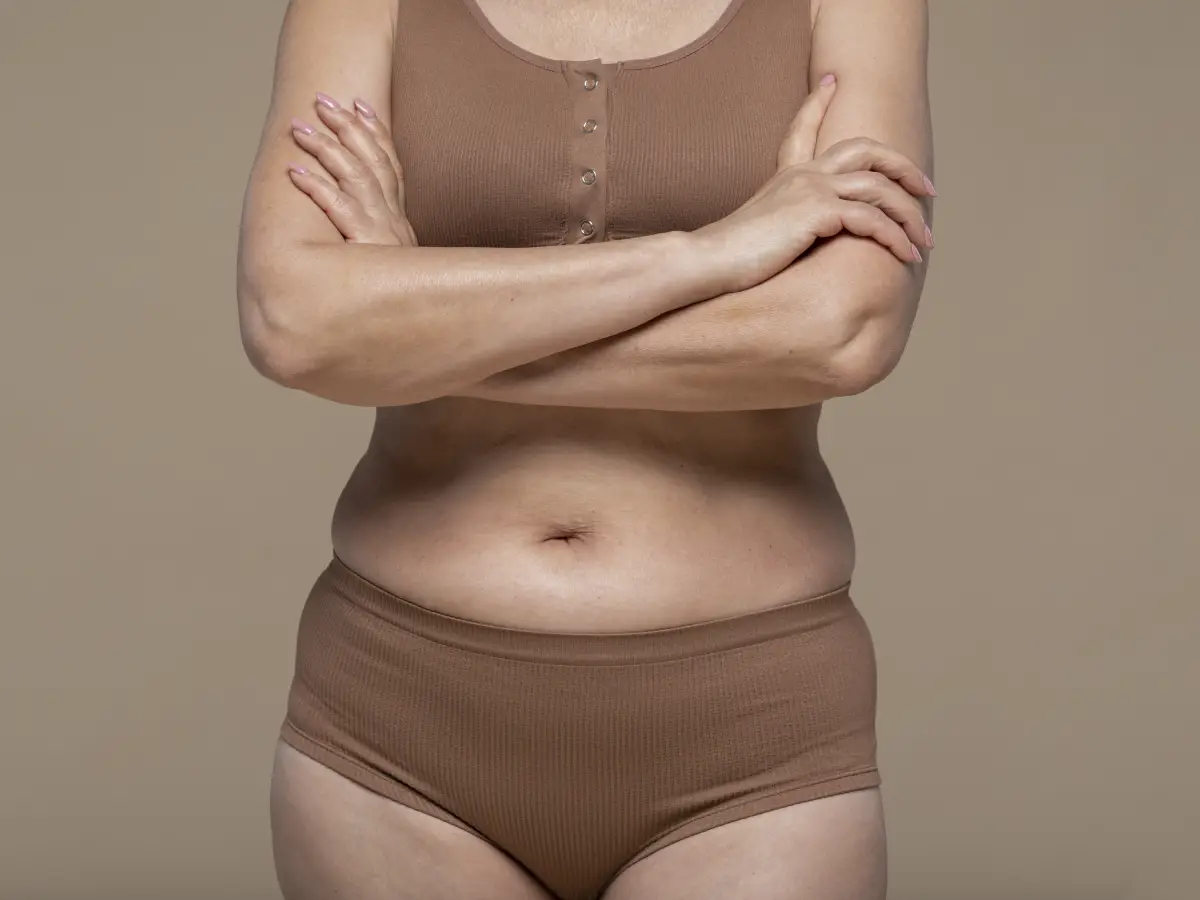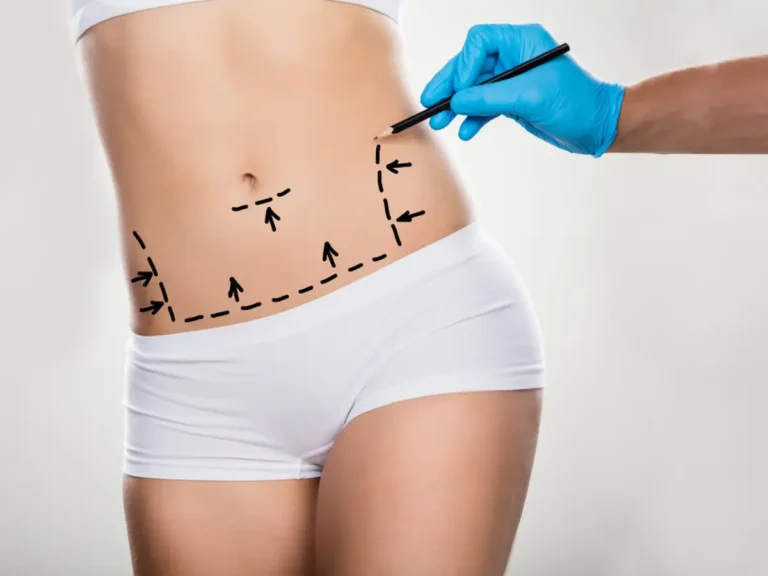Excess skin around the abdomen can become a concern after pregnancy or rapid weight loss, and a tummy tuck can be an excellent way to treat this loose skin, removing it and tightening both the remaining skin and the abdominal muscles. But what happens if you have a bad tummy tuck?
In this article, Medconsulto explores the different signs that your tummy tuck has had poor results and discusses what you can do to work towards a better outcome or avoid a bad tummy tuck altogether.
How to find Signs of a Bad Tummy Tuck?

There are some signs that may indicate that your tummy tuck was not successful.
Abdominal Shape
Creating an even, symmetrical silhouette is one of the essential elements of a tummy tuck. If you feel that the shape of your abdomen is uneven or unbalanced, this may be a sign of poor surgical technique.
Navel Position
If you feel that your belly button is too high or too low after a tummy tuck, this may be an indication that it was poorly positioned and may require further adjustment.
Excessive Scarring
A common sign that your tummy tuck has not had the desired effect is excessive scarring. Some scarring is normal after a tummy tuck, but if it is wider than you expected, this may be a cause for concern.
Failed Muscle Repair
If you have a bulging abdomen even after you have recovered, this may mean that your stomach muscles were not pulled together successfully, or that your stitches have failed.
Explore Similar Health Concerns: Panniculectomy vs Tummy Tuck
Poor Healing
Wounds may take a long time to heal due to infection, stitch separation, or obstruction to the blood supply due to the removal of too much skin. It can lead to delayed recovery and sometimes bad results.
How to Avoid a Bad Tummy Tuck?
Here are some important tips to avoid a bad tummy tuck:
Find an experienced and qualified surgeon: Only choose a plastic surgeon with the necessary qualifications and a proven track record of successful tummy tucks.
Follow your surgeon’s instructions regarding post-operative care: Following the instructions your surgeon gives you after surgery will help you ensure the best results by giving your body the ideal conditions to recover.
Maintain a stable weight: After reaching your target weight before surgery, try to avoid any significant weight gain or loss as this can affect the results of your tummy tuck.
Stay close to the hospital: A tummy tuck is a major surgery that requires input from your surgeon, even after the surgery is complete. It is best to stay close during your recovery so that your surgeon can perform additional checkups and care as necessary.
Can you get Revision Tummy Tuck?
A revision tummy tuck, also known as a secondary tummy tuck, is a procedure that addresses complications or unsatisfactory results from a previous tummy tuck.
This procedure is designed to improve and enhance your abdominal contour by correcting any problems that may have arisen after the initial surgery.
Here’s what you can expect during a revision tummy tuck:
Anesthesia: Depending on the extent of your revision surgery, your surgeon may use local anesthesia with sedation or general anesthesia to ensure your comfort during the procedure.
Incisions: Your surgeon will make incisions tailored to your specific needs. He or she may use the existing scar from your previous tummy tuck or create new incisions to address any scarring, irregularities in your abdominal contour, or other concerns.
Tissue and muscle repair: Your surgeon may remove excess skin, tighten loose muscles, repair separated abdominal muscles, or correct a recurrent hernia, depending on the issues being addressed during your revision surgery.
Closure stage: Once the necessary corrections have been made, the surgeon will close the incisions using some sutures or surgical tape.
Recovery: Recovery after a revision tummy tuck is usually similar to recovery after an initial tummy tuck.

Get a free consultation with medconsulto experts
For more information about corrective tummy tuck surgery, do not hesitate to speak to our experienced and reputable Medconsulto team.
Faqs:
What are the most common signs of a bad tummy tuck?
. Uneven stretching of the abdominal wall.
. Separation of the rectus abdominis muscles.
. Umbilical cord that is too low.
. Irregular scarring.
. Unusual swelling or bruising.
. Excess skin hanging at the ends of the incision
How can I tell if my tummy tuck incision is healing poorly?
If your abdomen looks uneven, irregular, or tilts to one side, it may mean that the surgery did not go well.
Can a bad tummy tuck be corrected?
One option is to have revision surgery, where a surgeon can address any problems in the abdominal area.
How long after a tummy tuck should I expect to see final results?
On average, the final result of a tummy tuck will appear after several months, but the full recovery process takes longer than that.
What should I do if I’m unhappy with my tummy tuck results?
Unless complications occur, it is important to allow your body time to recover before considering corrective surgery.






